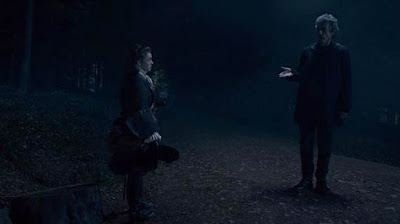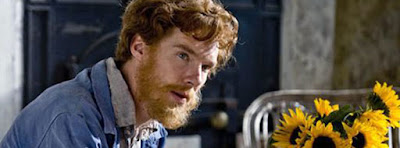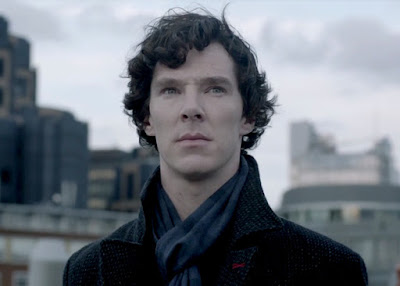Okay,
so Lin-Manuel Miranda wrote a new show, and it’s amazing. Bar none. Sooooo
good. And I got to see it! Yep, just got back from NYC. More reviews to come, but know that I went
for the express purpose of seeing Hamilton. Basically… (Homer Simpson salivation noise.)
Alexander
Hamilton, one of the OGs of the American Revolution, accomplishes the
incredible due to his skill with the written word. Born poor and illegitimate in the Caribbean,
he makes it to New York and hits the ground running. Hamilton is armed with his passion, persistence,
and clever/audacious verbosity, and he soon finds friends (like the Marquis de
Lafayette,) mentors (George Washington,) rivals (Aaron Burr,) and opponents
(like Thomas Jefferson.) He throws
himself into the revolution, and later, the forging of a new nation, with
unquenchable tenacity.
The
show is often described as a hip-hop musical, which is and isn’t true. There’s lots of hip-hop, and more than that, hip-hop
swagger – Hamilton’s verve and way with words earn him a spot as Washington’s
right-hand man, but they also get him in tight spots with resentful rivals,
especially when he can’t help speaking his mind. That said, there are many genres here, such
as R & B, jazz, and (care of King George III) the best song the Beatles
never wrote. And of course, it’s all
knit together by Miranda’s phenomenal talent for Broadway composition. It doesn’t sound like a Broadway person
trying to imitate mainstream music or a mainstream-music person trying to mold
Broadway around their songs. It sounds
like someone who loves and understands both worlds equally, and in his capable
hands, it absolutely, no-question works
on every level.
I love how
the show’s blending of the periods – 18th-century sets and costumes,
21st-century music and choreography, vernacular from both – makes this
history feel immediate and relevant.
Party conflicts in American politics haven’t changed much in 200+ years,
the founding fathers were no strangers to smack talk or power plays, and the
present day didn’t invent xenophobia.
When Hamilton and Jefferson debate economic policy via rap battle, it
just fits. I also love that the show is
cast almost entirely with actors of color.
There’s something thrilling about seeing young Black, Latino, and Asian
performers portray these old, dead, white giants of American history. In a way, it’s about reclaiming that history
(and really, the adjective “American”) for everyone: “We’re all American; it’s our story, too.” I think it’s fantastic that theatre allows
for less skittishness on this front – yes, Broadway still has a depressingly
long way to go with racial diversity, but how often can you see a Black man in
Hollywood playing George Washington?
The cast,
by the way, is tremendous. Lin-Miranda
was unfortunately out sick when I saw it onstage (his understudy is great,
though,) but on the CD, he makes a stellar Hamilton – blunt, brilliant, and
enthusiastic to a fault. Christopher
Jackson (Benny from In the Heights)
is effortlessly dignified to Washington, Smash’s
Leslie Odom Jr. is engrossing as Burr, and Jonathan Groff is a stitch as
token-white-guy King George III. For the
actors I wasn’t familiar with, I’ll single out Renée Elise Goldsberry as
Hamilton’s sister-in-law Angelica and Daveed Diggs pulling double duty as
Lafayette and Jefferson, but really, everyone is excellent.
Warnings
Swearing, sexual
content, violence, drinking, and thematic elements.













